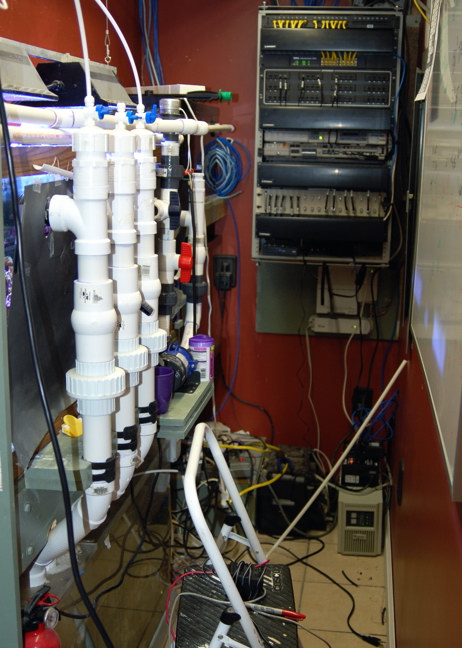rayn
New member
Working on setting up a tank I tore down almost a year ago. It has the bean design already drilled into it. 3 drains all 1" going into 1.5" lines, then two return lines. I did a C2C, but plan on doing just a internal overflow slightly smaller then C2C this time and keep the returns from going through the overflow area.
This is going to be a in wall build in my living/kitchen area, but where I am placing it dictates the height of the tank. This will make my stand 24" off the floor. Considering in sump skimmer heights what they are this will mean a sump turned 90 degrees from the tank. Do I need to upsize any of the plumbing to make this work? I imagine in my head a pair of 45 degree bends to make the pipes hit sump.
This is going to be a in wall build in my living/kitchen area, but where I am placing it dictates the height of the tank. This will make my stand 24" off the floor. Considering in sump skimmer heights what they are this will mean a sump turned 90 degrees from the tank. Do I need to upsize any of the plumbing to make this work? I imagine in my head a pair of 45 degree bends to make the pipes hit sump.


